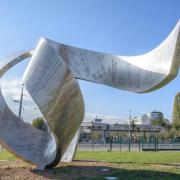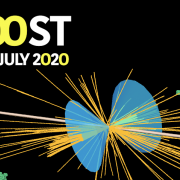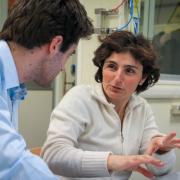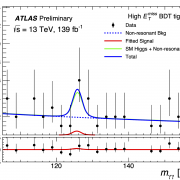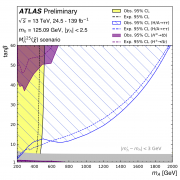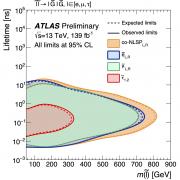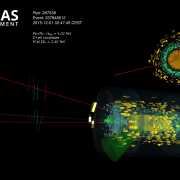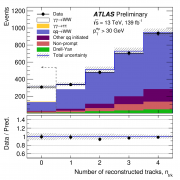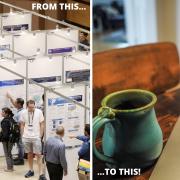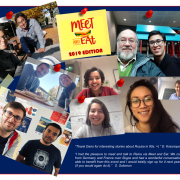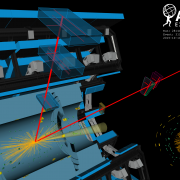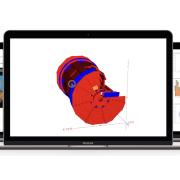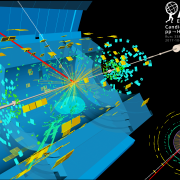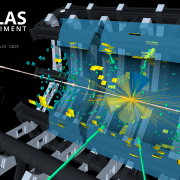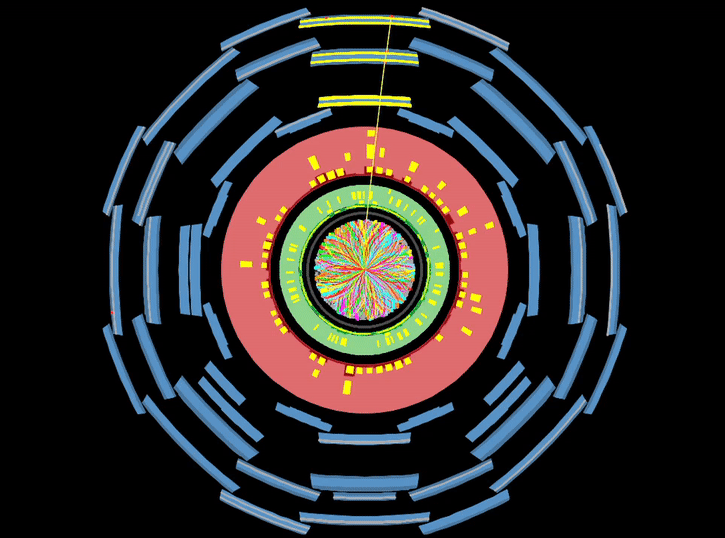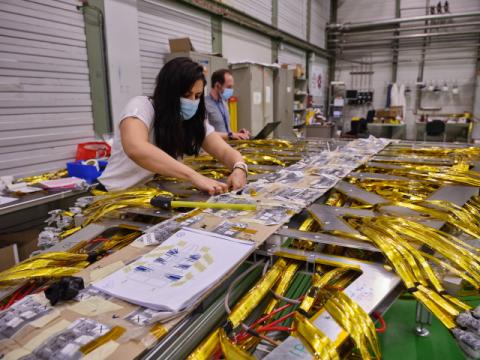Access to Collaboration Site and Physics Results

Devouring dark matter theories
– Most of the matter in the universe is made not of stuff we understand, but of invisible “dark matter” particles. We have yet to observe these mysterious particles on Earth, presumably because they interact so weakly with normal matter. The high energy collisions in the Large Hadron Collider provide our best current hope of making dark matter particles, and thus giving us a better understanding what most of the universe is made of.Read more →
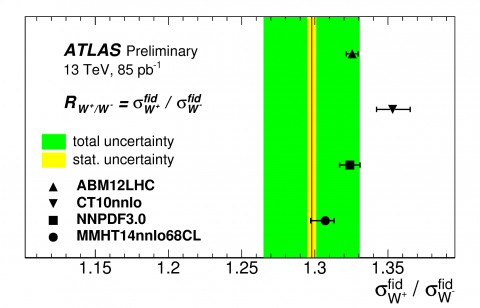
Probing inside the proton
– W and Z bosons are the massive carriers of the weak force, responsible for radioactive decays. These bosons also couple closely to the Higgs boson. W and Z bosons are produced at a large rate in proton-proton collisions at the LHC, where ATLAS physicists have now measured the rates for W and Z boson production using 13 TeV proton-proton collisionsRead more →
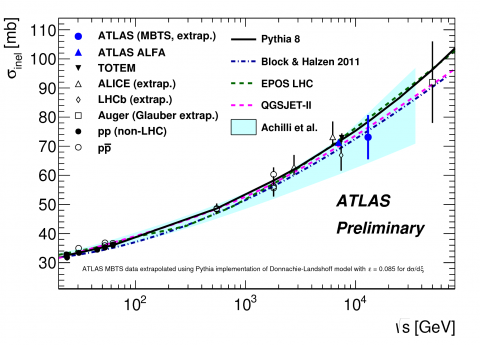
Measuring the way protons interact at 13 TeV
– One of the most basic quantities in particle physics, the rate at which protons scatter off of one another (the cross section), cannot be calculated from the theory of strong interactions, quantum chromodynamics. It must instead be measured, and those measurements can then be used to tune the numerical models of LHC proton–proton collisions.Read more →

BOOST outreach and Particle Fever
– Conferences like BOOST are designed to bring physicists to think about the latest results in the field. When you put 100 experts from around the world together into a room for a week, you get a fantastic picture of the state of the art in searches for new physics and measurements of the Standard Model.Read more →
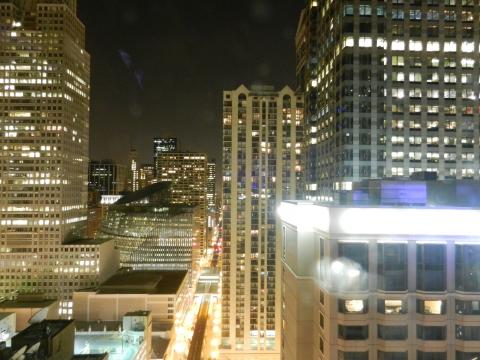
A boost for the next discovery
– I arrived in Chicago for my first conference after the first long LHC shutdown, where new results from the two big experiments ATLAS and CMS were to be shown. Before the beginning of the conference on Monday, I had one day to fight against jetlag and see the city – certainly not enough time to see everything!Read more →

ATLAS ready to “boost” Run 2 physics
– A new set of techniques is being used to identify highly energetic top quarks, W and Z bosons, and Higgs bosons decaying to quarks and, ultimately, to hadrons measured in ATLAS. Signatures of these “boosted” Standard Model particles are particularly useful when searching for massive new particles and measuring processes at high energies.Read more →

Boost and never look back
– When I arrived in Chicago this last Sunday for the BOOST conference I had a pretty good idea what new results we were going to show from ATLAS. I also had some rough ideas of what our friends from the other experiments and theory groups would be up to. What I didn’t expect was to see an ad that would fit the conference so nicely!Read more →
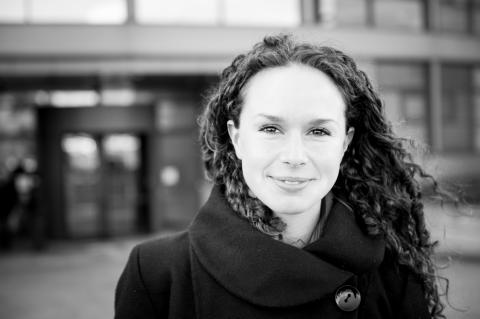
Q&A with EPS Outreach Award-Winner Kate Shaw
– ATLAS Outreach Co-coordinator Kate Shaw has been awarded the 2015 European Physical Society (EPS) Outreach prize "for her contributions to the International Masterclasses and for her pioneering role in bringing them to countries with no strong tradition in particle physics".Read more →

New neighbour for ATLAS Tilecal prototypes
– There's a new resident in ATLAS' Tile Hadronic Calorimeter (Tilecal) development laboratory: the last surviving UA2 central calorimeter module. After years at CERN's Microcosm exhibition, the module has found a new home next to prototype ATLAS Tilecals. Side-by-side, they illustrate the progress in sampling organic scintillator calorimeters over the past 35 years.Read more →
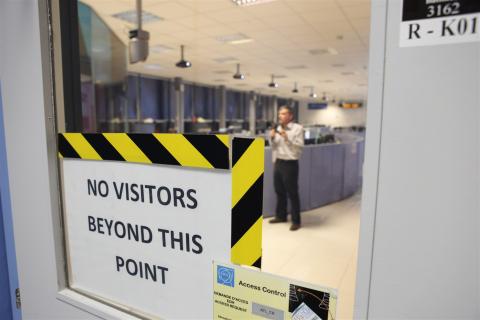
A summer evening in the ATLAS control room
– The sun has already set over Geneva when I finally walk out from the ATLAS control room. We have been waiting for beams to be injected into the machine since the early hours of the afternoon, but without much success so far. Just a regular day for the most ambitious particle accelerator mankind has ever built, but a pretty boring afternoon for our entire shift crew.Read more →


